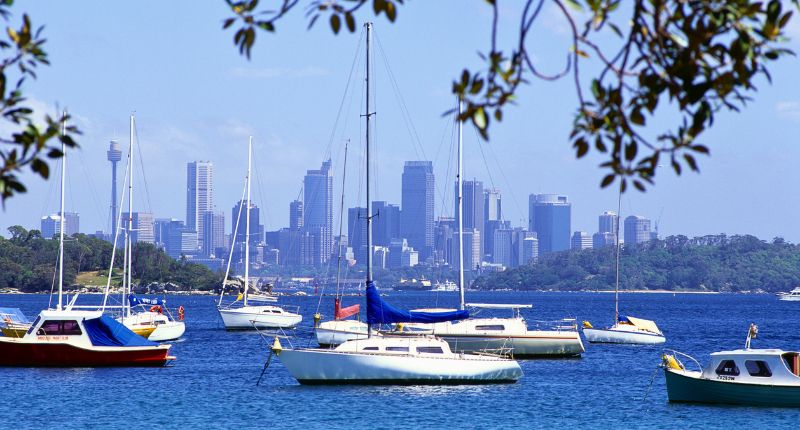
- Major drivers include land value and scarcity.
- Unique features can also give luxury property the edge on price.
- Apartments also saw a difference between regular and luxury price growth.
Australia’s luxury housing market has been at the forefront of price growth over the past decade, outpacing the growth recorded across the broader Australian property market.
According to Ray White chief economist, Nerida Conisbee, while Australia’s median house price rose 78% over the past decade, luxury Australian houses doubled in price; this is defined as houses priced in the top five per cent.
Comparison of luxury housing market price growth to regular houses (index) over the past 10 years

The drivers of luxury house price growth in Australia
According to Conisbee, factors pushing prime property prices up include:
- Land value,
- Renovation activity, and
- A greater concentration of wealth.
Land values
Conisbee noted that scarcity of land in some of Australia’s most exclusive suburbs is one driver, with many typically in close proximity to or with views out to beaches, bays, and rivers.
“Anything with even more unique characteristics that are hard to replicate, such as a view or close proximity to the water, are likely to have increased even further,” said Conisbee.
Indeed according to the latest Knight Frank The Wealth Report 2024, US$1 million now buys less land in Sydney than the year prior. The previous edition of the report found a million could buy 44 square metres, with the latest now showing a reduction in size to 43 square metres.
Similarly on the second home market, that million could previously acquire 117 square metres on the Gold Coast, with the latest data showing only 112 square metres.
Still, that could be considered a tad more affordable than Monaco, where US$1 million only buys 16 square metres.
Pandemic renovation surge
Sprucing up a home during and after the Covid pandemic was also a trend observed in the luxury home market, with luxury homes bearing dividends from investment into the property.
Growing levels of wealth
Conisbee noted that a greater concentration of wealth has also likely increased prices.
“A recent report from Oxfam has found that the wealth of Australia’s richest people has increased at a rate of $1.5 million per hour since 2020. A lot of this wealth has been invested in luxury homes around Australia.”
In a separate and unrelated report, Knight Frank’s The Wealth Report 2024 found that Australia’s number of ultra-high-net-worth individuals (UHNWIs) rose by 2.9% from 2022 to 2023; in number terms, Australia is now home to 15,347 UHNWIs. UHNW is defined as those with a net worth of $30 million or more.
Luxury apartments also on the rise
Phenomenal Australian luxury property price growth hasn’t been limited to houses, with apartment prices also enjoying healthy levels of property price growth.
Comparison of luxury apartment market price growth to regular apartments (index) over the past 10 years

Not all smooth sailing for the market
Conisbee noted that the luxury real estate market has also seen more price volatility.
“During the pandemic, they increased far more than more affordable properties. But they also saw a much greater decline in 2022,” said Conisbee.
“Timing the purchase of a luxury home appears far more important than it does for buying one closer to the median.”
Nerida Conisbee, Ray White
As for the future?
Australian luxury homes remain a global favourite, with a Knight Frank survey revealing the nation ranks fourth behind the United Kingdom (17.7%), the United States (9.8%), and Frane (7.2%), as a desired location to purchase a new home. The survey found that 5.6% said Australia was the most likely location they were planning to purchase a new home in.
Luxury property more broadly also saw a uptick in activity last year.
“As wealth portfolios recovered in 2023, affluent buyers targeted residential property in the world’s luxury markets,” said Knight Frank’s global head of research, Liam Bailey.
“While 24% of global UHNWIs were active in the market, inventory was down by almost a third, adding upward pressure to prices.”







